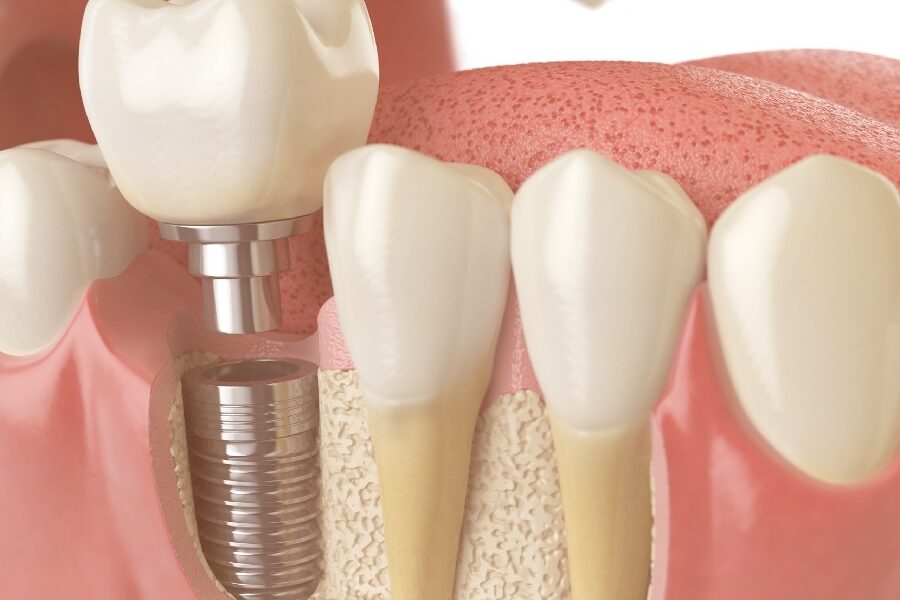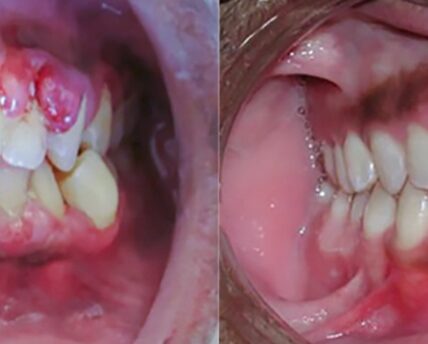Bone grafting is a surgical procedure that helps promote your body’s natural bone-making process. It is used to fill in gaps in weak, broken, or deficient bones, or to stimulate tissue growth and restore bone strength and rigidity. Bone grafting may be necessary if bones don’t heal correctly after a fracture. This can lead to delayed union, malunion, or nonunion.
Delayed union is when bone healing (fusion) occurs more slowly than expected. Malunion is when bones heal in an abnormal position. Nonunion is when bone fusion does not occur. Bone grafting is commonly used to repair fractures, correct congenital birth defects, or to replace missing or damaged bones due to injury or disease. It can also be used to replace missing teeth and to regenerate lost jawbone tissue.
The most common type of bone graft is autograft. This type of graft uses bone from another area of your own body, such as your hip or rib. The bone can be harvested from the same patient or from a donor. Allografts use bone from another person or animal, and synthetic grafts are made from laboratory-manufactured materials. Before a bone graft, you may receive a local or general anesthetic.
During the procedure, the surgeon will make an incision to expose the damaged or missing bone. Then, they will insert the graft material into the gap and secure it in place with screws, plates, or pins. The area will then be closed with stitches or staples. After the procedure, you may experience some pain and swelling. To help with discomfort, your doctor may recommend medications and physical therapy.
You may also need to wear a cast or brace and limit activities for a few weeks. Bone grafting is an effective treatment for many bone-related conditions. It helps to promote tissue growth and restore bone strength, which can lead to improved mobility, function, and quality of life.
Different Bone Grafting Methods
Bone grafting is a surgical procedure that uses bone tissue to promote bone healing and repair. It is used to treat bone fractures, spine problems, and bone defects. Bone grafting can restore the functionality, strength, and shape of damaged bones.
There are several bone grafting methods available, including:
- Allograft: This method uses bone tissue from another person (donor). The bone is cleaned and processed (sterilized) to ensure the safety of the recipient. This type of graft is common in spinal fusion surgery. It provides a framework around which healthy bone tissue can grow.
- Autograft: An autograft uses a sample of your own bone tissue. The tissue typically comes from the top of your hip bone (iliac crest). The surgeon makes an incision to obtain the bone tissue. The benefit of using your own tissue is that it increases the chances of successful fusion, but the amount of bone tissue that can be collected is limited. Additionally, you may have pain at the site where the bone graft is collected.
- Bone marrow aspirate: Marrow is the spongy substance inside bones. It contains stem and progenitor cells that can help bone fractures heal. Using a needle, the surgeon can extract marrow from the iliac crest. This method of bone grafting is more common for smaller bones.
Bone grafting is an important procedure for restoring damaged bones. It is important to discuss the different methods of bone grafting with your surgeon to decide which option is best for you. Your surgeon will be able to explain the risks and benefits of each method and help you make an informed decision.











